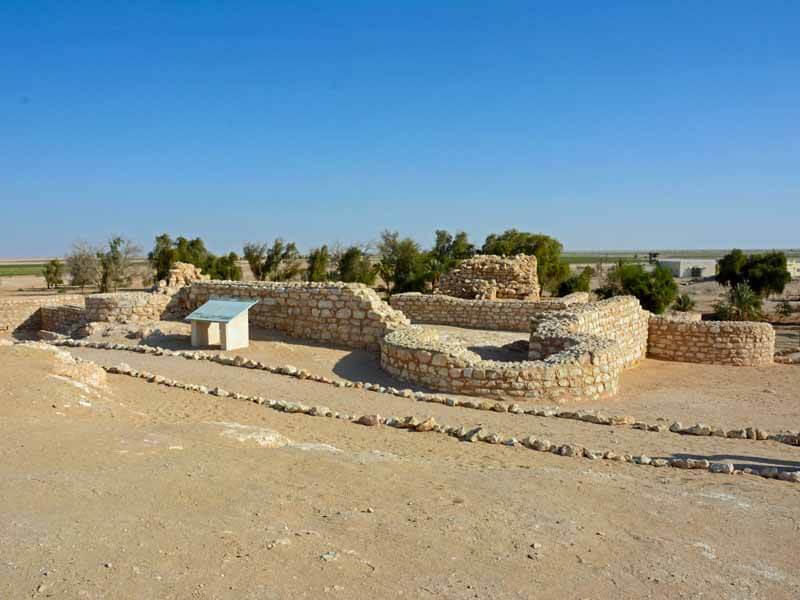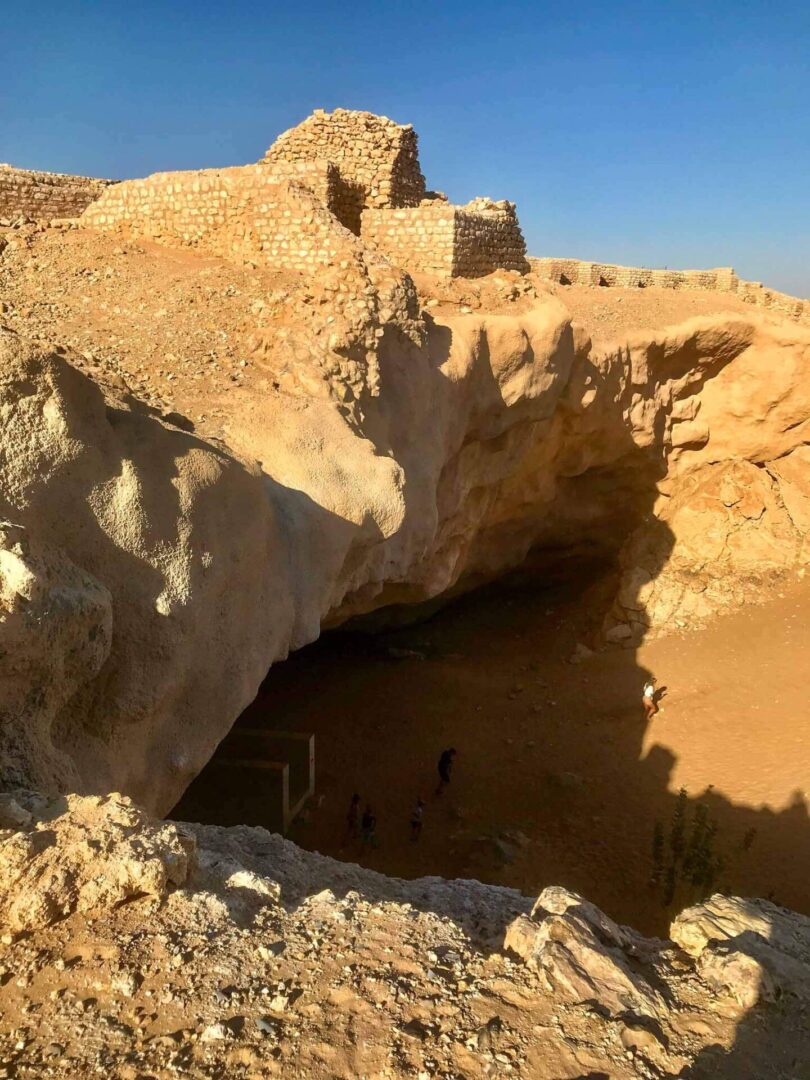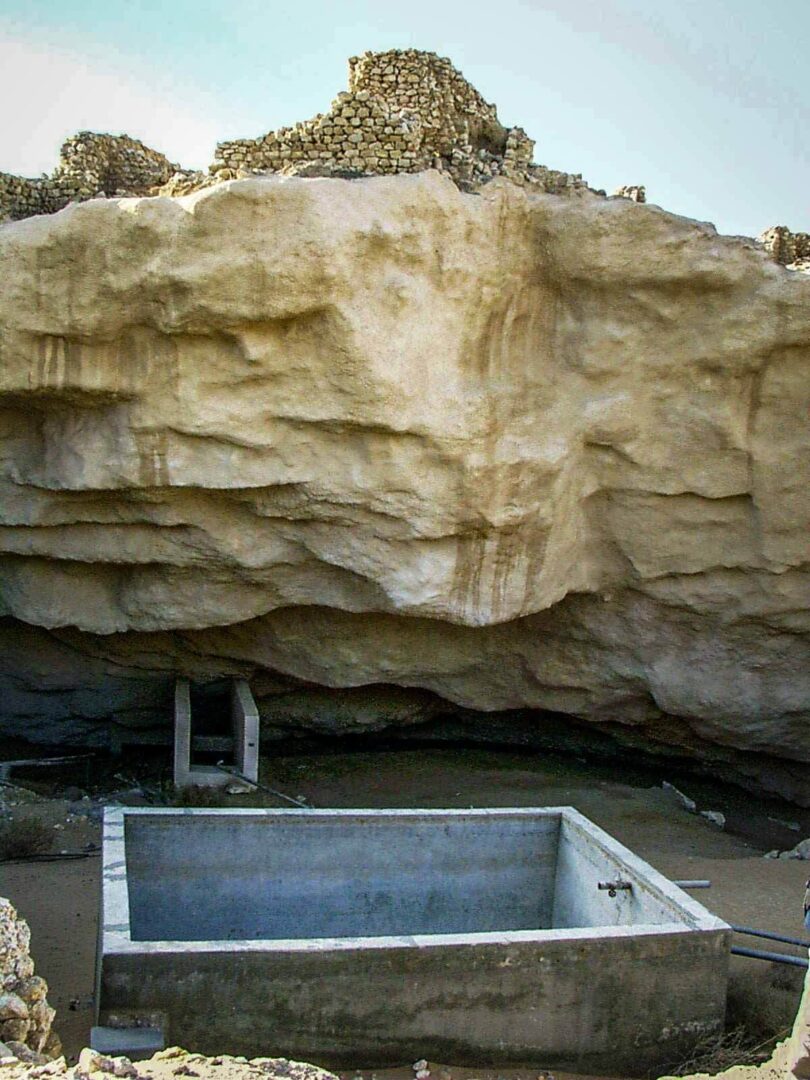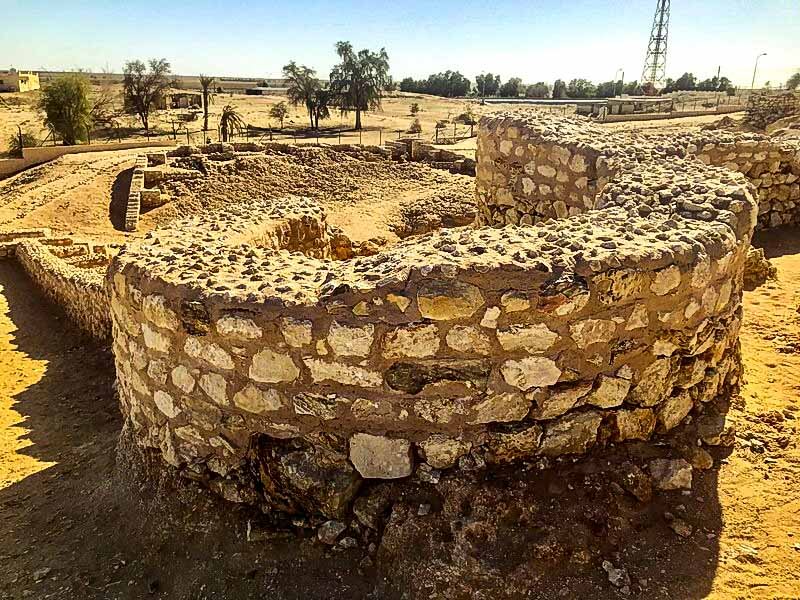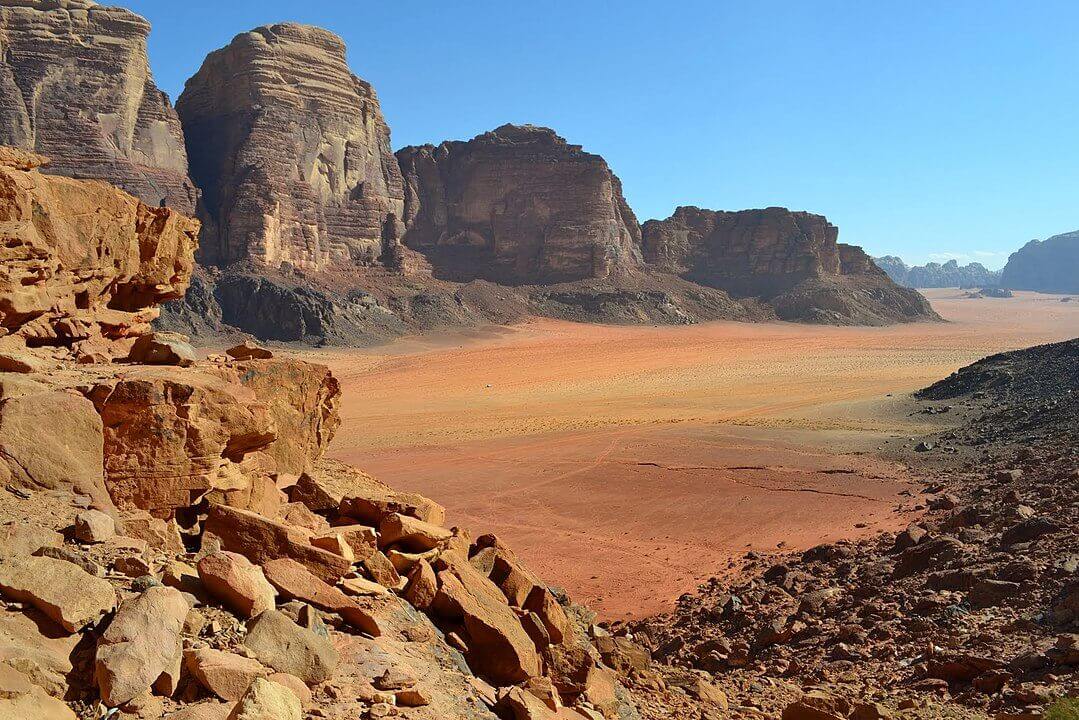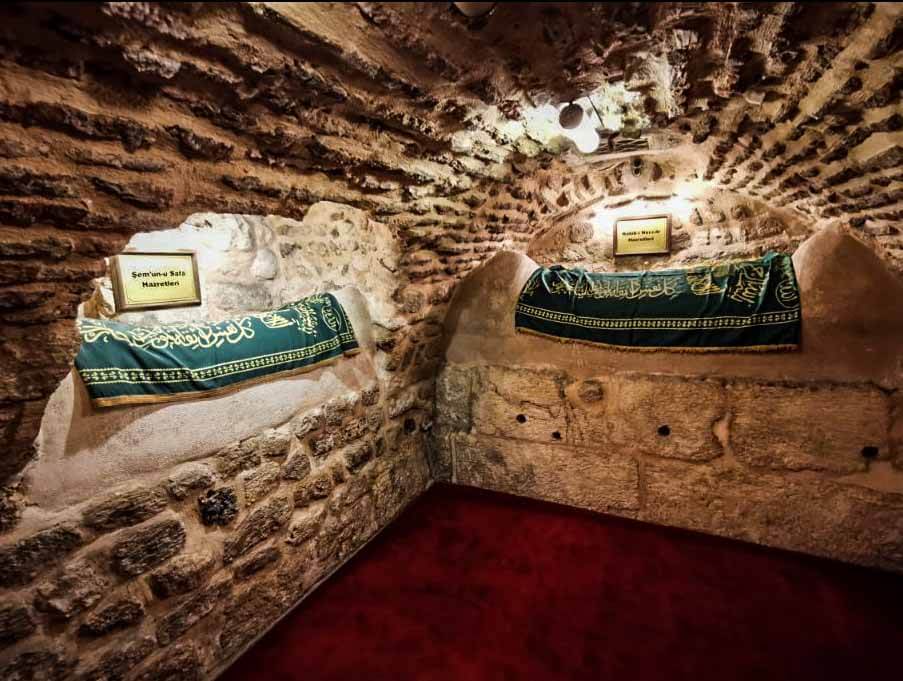Wadi Rum, Jordan & Ubar, Oman
Ruins in Oman
Wadi Rum
Coordinates:
Ubar, Oman
18.255099, 53.648931
Waadi rum
29.593056, 35.420000
Quran States:
Have you not considered how your Lord dealt with Ad
of Iram, known for their lofty columns,
The likes of whom had never been created in the land?
And [with] Thamud, who carved out the rocks in the valley?
And [with] Pharaoh, owner of the stakes?
[All of] whom oppressed within the lands
And increased therein the corruption.
So your Lord poured upon them a scourge of punishment. Indeed, your Lord is in observation.
Chapter 89:6-14
Iram of Pillars
For the related lost city believed to be in Arabia, see Atlantis of the Sands.
Iram of the Pillars (Arabic: dhat al-imad), also called “Irum”, “Irem”, “Erum”, “Ubar”, or the “City of the pillars”, is a lost city, region or tribe mentioned in the Quran.
There are several explanations for the reference to “Iram – who had lofty pillars”.
Some see this as a geographic location, either a city or an area, others as the name of a tribe. Those identifying it as a city have made various suggestions as to where or what city it was, ranging from Alexandria or Damascus to a city which actually moved or ancient city called Ubar.
As an area, it has been identified with the biblical region known as Aram.
It has also been identified as a tribe, possibly the tribe of Ad, with the pillars referring to tent pillars.
“The identification of Wadi Rum with Iram and the tribe of Ad, mentioned in the Quran, has been proposed by scholars who have translated Thamudic and Nabataean inscriptions referring to both the place Iram and the tribes of Ad and Thamud by name.
Ubar (Atlantis of Sand)
The legend of Ubar (or Wubar) is one of the most persistent in the Arabian peninsula. The name seems originally to have referred to a region or a tribe in or near the Empty Quarter (desert) but later became associated with a legendary city – also known as Iram – which grew immensely wealthy as a result of trade between the coast and population centres inland to the north.
According to the story as related in the Qur’an, the city’s rich but godless inhabitants were repeatedly warned to mend their ways by the Prophet Hud عليه اسلام, but ignored him. After which Allah destroyed the city, which collapsed back into the sands, never to be seen again.
Various names have been given to this city, the most common being Ubar, Wabar and Iram.
The ruins of Ubar have been found in the village today known as Shisr in Dhofar Region, Oman. The ruins found in Shisr are officially named Ubar. Whether or not the ruins called Ubar in Shisr are actually the remains of the legendary Ubar is disputed.
A contemporary notice at the entrance to an archaeological site at Shisr in the province of Dhofar, Oman, proclaims: “Welcome to Ubar, the Lost City of Bedouin Legend”.
In modern times, the mystery of the lost city of Atlantis has generated a number of books, films, articles, web pages, and two Disney features.
On a smaller scale, Arabia has its own legend of a lost city, the so-called “Atlantis of the Sands”, which has been the source of debate among historians, archaeologists and explorers, and a degree of controversy that continues to this day.
However, scholars are divided over whether this really is the site of a legendary lost city of the sands.
Shaddad and People of Ad connection with Iram of Pillars
Shaddad, also known as Shaddad bin Ad, was believed to be the king of the lost Arabian city of Iram of the Pillars, an account of which is mentioned in Sura 89 of the Qur’an.
Various sources suggest Shaddad was the son of ‘Ad al-Miltat ibn Saksak ibn Wa’il ibn Himyar.
His story is found in the 277th through 279th nights of the Tales of the Arabian Nights (The Book of One Thousand and One Nights) the tale described him as a universal king who ruled over the world and the one who built the city of iram.
Brothers Shadid and Shaddad are said to have reigned in turn over the 1,000 Adite tribes, each consisting of several thousand men.
It is said Shaddad brutally subdued all Arabia and Iraq. Many Arab writers tell of an expedition of Shaddād that caused the Canaanite migration, their settling in Syria, and the Shepherd invasion of Egypt.
According to the Quran, Iram of the Pillars was a city of occult worshippers of stone idols, who defied the warnings of Allah.
So Allah Destroyed them due to their defiance
Know This
The remaining ruins can be explored within 30 minutes easily because there are only one building and several pieces of walls left. Don‘t expect to much!


